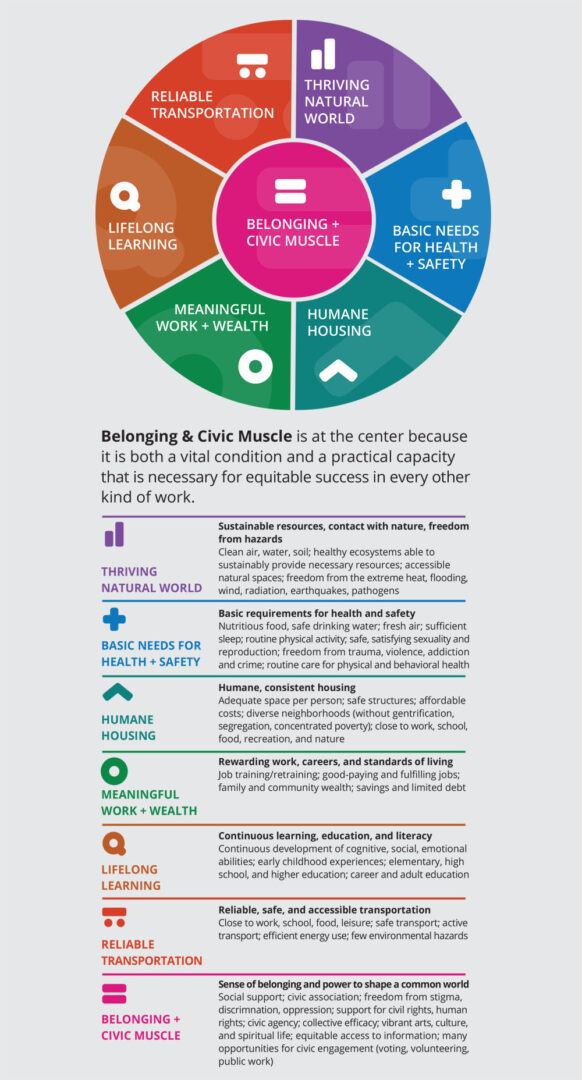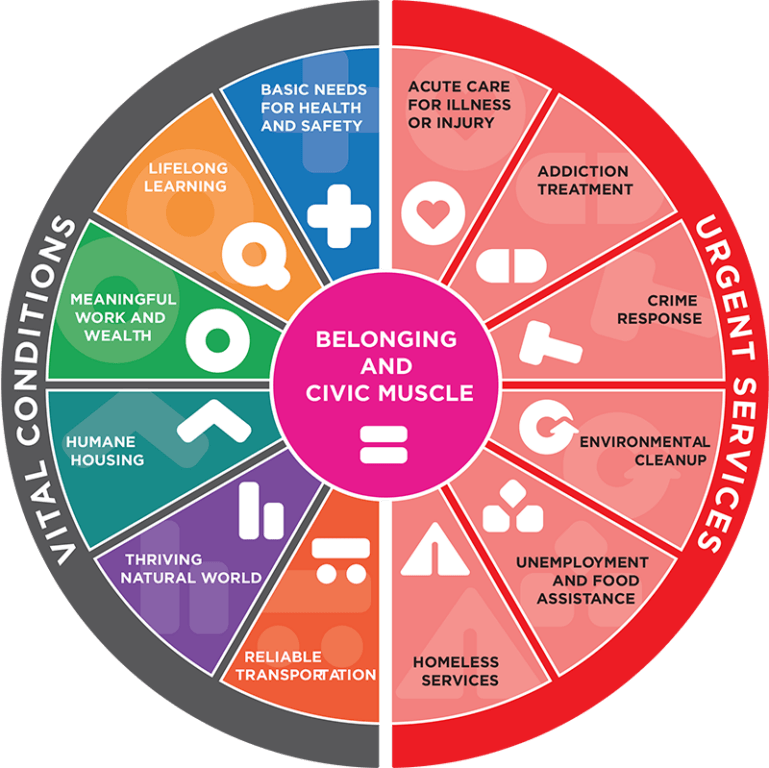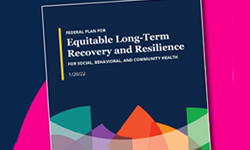Origins of the Vital Conditions
Over time, different frameworks have attempted to explain the factors that affect a population’s ability to thrive. Some of these frameworks have been greatly influential in shaping our understanding of the ecosystem that produces health and well-being—most notably the social determinants of health framework. The vital conditions are not meant to replace previous frameworks, but rather refine and “evolve” them into a more useful guide for creating measurable systems change.
The concept of vital conditions traces its origin to the Institute of Medicine’s 1988 report The Future of Public Health: “Public health is what we, as a society, do collectively to assure the conditions in which all people can be healthy.”
This statement was an important step forward in our understanding of public health. Specifically, it suggests that public health is best influenced not by direct means (like building more hospitals), but through the indirect means of identifying and improving the underlying conditions that affect health and well-being.
The challenge since then has been to define exactly what these vital conditions are. In 2017, a team led by ReThink Health and the Robert Wood Johnson Foundation came together to fully describe the conditions that are essential to health and well-being. The team sought to build on the social determinants of health by creating a structure that was both comprehensive and succinct.
They aimed to meet the following standards:
- The conditions should reflect widely held norms and expectations
- The language should be simple and easy to understand
- Each condition should align with available measures
- It should be apparent that each condition is integrally related to the others











